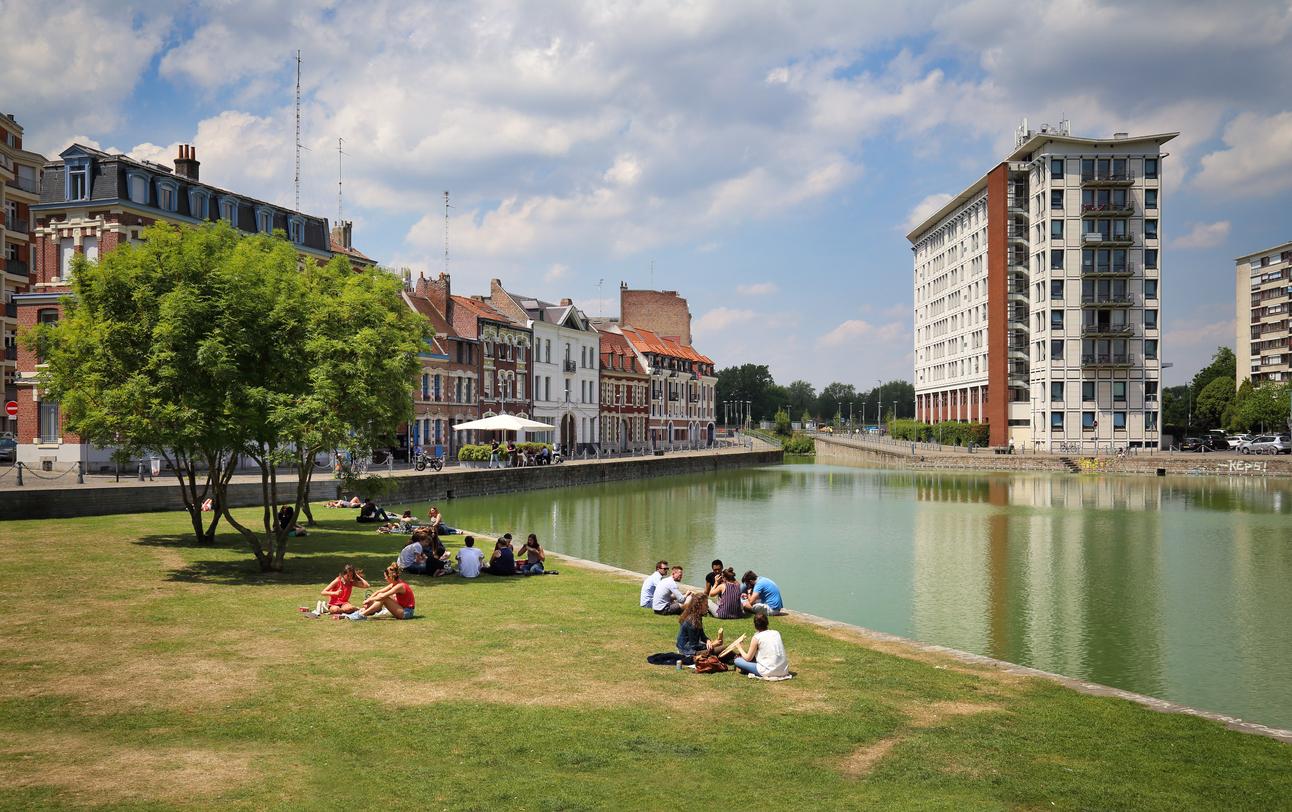
The rebirth of the Italian brand will begin with the renewal of the Ypsilon, the first designs of which were presented internally. Like the Opel Corsa, the new city car will be developed in record time from the technical basis of the Peugeot 208.
Given for almost dead, the Italian brand will rise from its ashes thanks to the Stellantis group. Like the thirteen other brands of this new juggernaut, Lancia will have ten years to secure its future. The plan foresees the launch of three vehicles (Ypsilon, Delta and Thema) which will be marketed internationally, and not only in Italy, like the current Ypsilon. Released in 2011 and restyled in 2021, the city car will finally take control by 2024.
Accelerated management

The project is progressing at high speed because Jean-Pierre Ploué, style director of Stellantis, revealed that “The first Lancia has already taken shape” and that it is “Of a 1: 1 scale model”. The designs for the new Ypsilon were presented internally by Frenchman Frédéric Duvernier, who until a few months ago held the post of head of phase advance and concept cars at Citroën. According to our information, the Lancia style plays on the register of the “Italian class” and not on that of the sport, which will remain the creed Alfa Romeo. Like Opel, which developed its Corsa in eighteen months, theThe Italian manufacturer will affix its stamp on the base of the Peugeot 208 in order to reduce design time.
Evolution of the e-CMP database
Technically, the Ypsilon will benefit from an evolution of the current CMP platform, expected for the end of 2022. It lies in the transplant of the new 1.2 PureTech gasoline engine, which will offer a light MHEV hybridization. The latter will be based on Punch Powertrain’s electrified e-DCT automatic transmission and probably on an alternator-starter for the manual transmission version. As announced by Carlos Tavares, the range will be electrified from 2024 and 100% electric from 2026. The electric version of the Ypsilon will accommodate the new Nidec engine and will have better autonomy thanks to an evolution in the chemistry of the CATL battery.

















